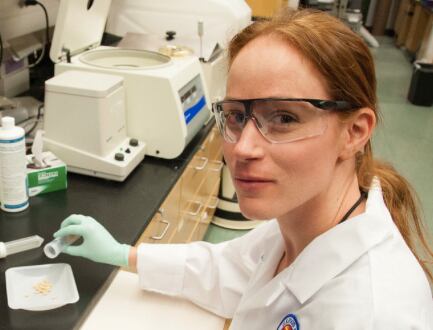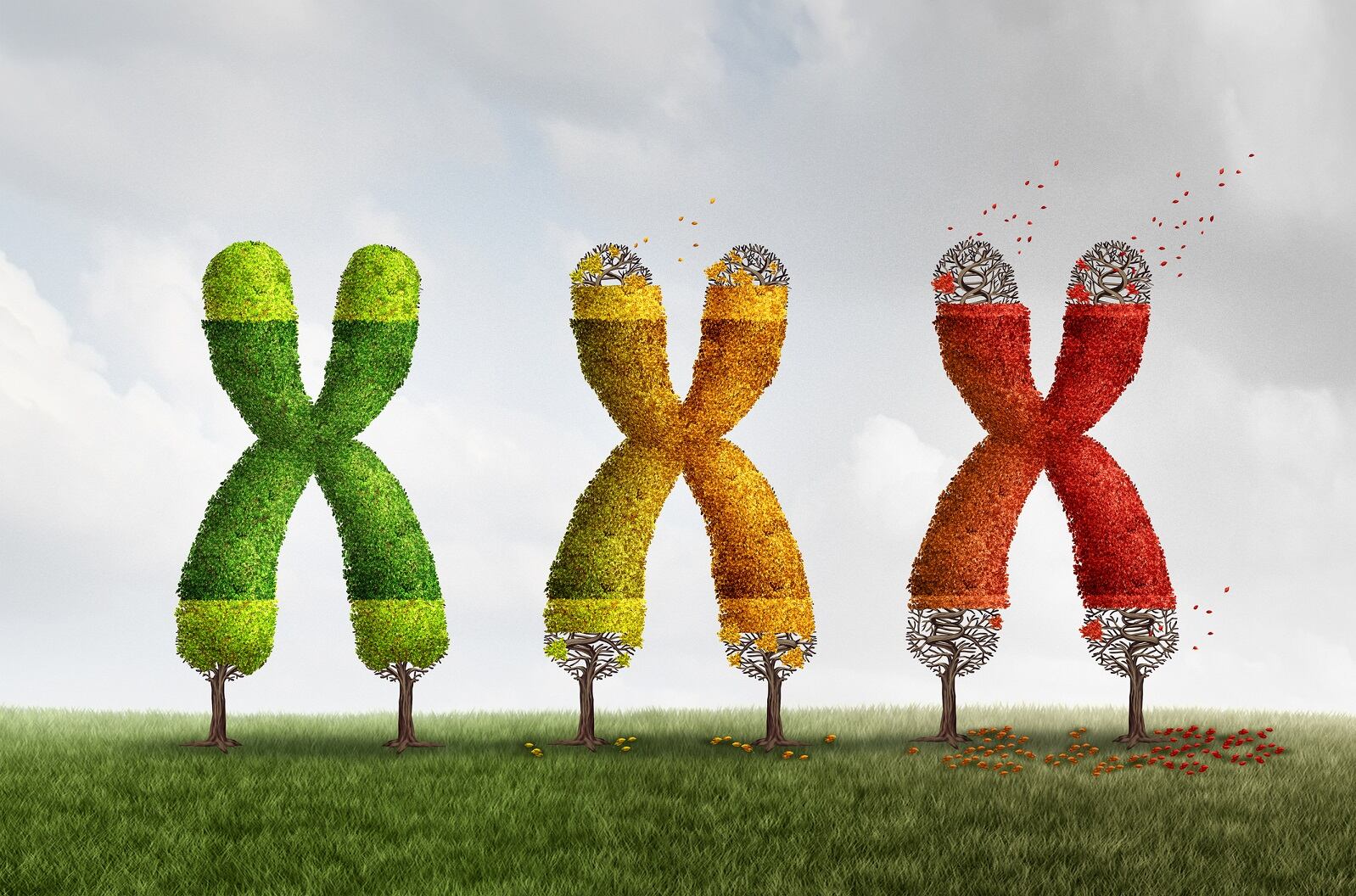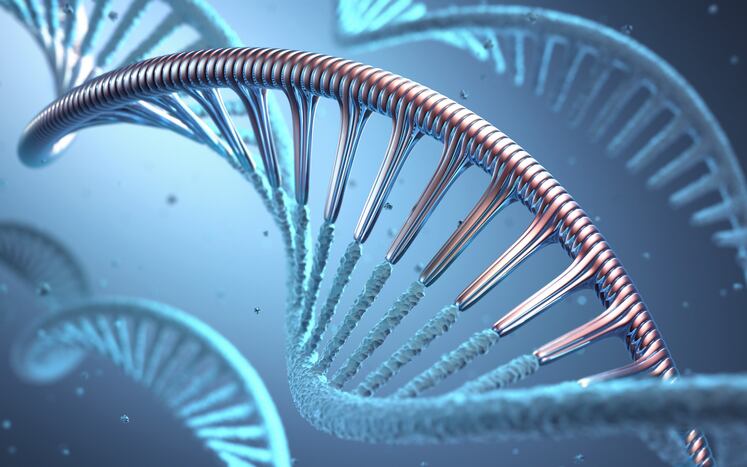The paper, titled HPLC‐UV, Metabarcoding and Genome Skims of Botanical Dietary Supplements: A Case Study in Echinacea, was published in the journal Planta Medica. The research was performed by a team led by Dr. Sara Handy, PhD of the Office of Regulatory Science at FDA’s Center for Food Safety and Applied Nutrition. It compared the results obtained from the two DNA approaches with data generated by an accepted chemical analytical technique.
Challenges presented by plant DNA
Dr Handy has spoken in the past on the challenges inherent in the use of DNA approaches to botanical identification. DNA barcoding techniques for botanicals came to the fore around 2013, when the technology lay at the heart of an attack on the integrity of certain dietary supplements led by former New York Attorney General Eric Schneiderman. In 2013, when Schneiderman’s action was made public, there was an assumption that the development of DNA barcoding techniques for the identification of many botanical species was just around the corner.
But that promise seemed to exceed researchers’ grasps. In the intervening years, the use of DNA barcoding for botanicals came in for harsh criticism, and more attention was focused on the shortcomings and misapplications of the technology, rather than on its potential.
In a talk given at the International Conference on the Science of Botanicals held at the University of Mississippi in Oxford in 2019, Dr Handy laid out some of the difficulties in developing a robust DNA identification approach for botanicals. Casual observers might assume that mammals and other animals are more evolved, more complex organisms than are plants. But at the DNA level the opposite is true; most animal DNA derives from relatively few sources, making the resulting structures less complex and easier to analyze. Plant DNA, by contrast, has a couple of billion years’ worth of extra evolution and recombination built into it. The resulting DNA structures are complicated. Dr Handy, who helped pioneer a DNA identification technique for fish, found in an early study on pine nuts that it was going to be much more difficult to do the same thing with plants.
“In 2009, we decided to try the method we developed for fish and apply it to pine nuts. We found that finding the right marker to use (the portion of the plant’s genome that would prove to be definitive) was not nearly as easy as it was for fish,” Hardy said during her presentation in Oxford.
“The biggest issue is that plants evolved much more slowly,” she said. As plants moved from single cells floating in the oceans to complex organisms filling many terrestrial niches, the threads of DNA inheritance combined and recombined, creating a complex symphony from which picking a definitive melody is a challenge. Animal DNA sequences are Bach suites for solo instruments by comparison.
“There is not as much variation in the gene sequences in plants,” Handy said.
DNA techniques applied to finished products
The present study takes a different approach, and compares the results obtained with a well validated chemical identification technique. The study was aimed at finished products identification.
“Two next-generation sequencing approaches were used: (1) genome skimming and (2) PCR amplicon (metabarcoding). The two genetic approaches were then combined with HPLC‐UV to evaluate 20 commercially available dietary supplements of Echinacea representing “finished” products. The trade-offs involved in different DNA approaches were discussed, with a focus on how DNA methods support existing, accepted chemical methods,” the authors wrote.
“In most of the products (19/20), HPLC‐UV suggested the presence of Echinacea spp. While metabarcoding was not useful with this genus and instead only resolved 7 products to the family level, genome skimming was able to resolve to species (9) or genus (1) with the 10/20 products where it was successful. Additional ingredients that HPLC‐UV was unable to identify were also found in four products along with the relative sequence proportion of the constituents. Additionally, genome skimming was able to identify one product that was a different Echinacea species entirely,” the authors concluded.

Dr Handy said it is important to note that the methods detailed in the paper are so-called Next Gen Sequencing approaches, which represent an advancement of the art over PCR or real-time PCR or even traditional Sanger sequencing like barcoding, as these need to be directed at a specific target.
“If enough DNA is present, it is much more diagnostic to use a genome skimming method (also called shotgun sequencing), which takes a snap shot of the entire genome (instead of an amplicon-based approach where a gene or several genes are specifically targeted, amplified, and then sequenced all together in the case of metabarcoding). This is especially useful when working with closely related species, where many gene targets are similar or exact,” Dr Handy told NutraIngredients-USA.
Possibility of use for quantification
Another key takeaway from the paper was that it offered some hope for the further development of DNA-based identification techniques for quantification. This was one of the early criticisms of the technology, in that a few trace strands of DNA that might be identified in a finished product might have little to say about the overall quality of the product. By way of stretching a point, one industry source said finding DNA from a houseplant in a finished product could merely mean there was a houseplant in the lobby of the testing facility. (Houseplant DNA discovered in an herbal supplement was one of the findings harped on early on in the NYAG affair.)
“[The study] gave us some insight into how effective these methods would be at least being semi-quantitative for plant DNA from different species that wind up in a finished dietary supplement or food product. There are a lot of caveats with this (which we note in the paper) but up until this study, we (FDA) didn’t have a reliable starting point for quantification,” Dr Handy said.
Dr Handy said using larger portions of the genome, as was done in this study, means the results can be extrapolated further. With further development the approach may even be used in a plug and play fashion, by swapping out one dataset for another, she said.
But, she cautioned that the current study should be viewed as a step along the road toward finalizing such a tool, rather than presenting the finished tool itself.
“This is not a method the FDA envisions using on its own. For now, this method is particularly helpful in exploring why we get certain results. For example, it is a very powerful tool for looking at a chemical analysis that doesn’t make sense or when we have a toxic episode in a food product or dietary supplement,” she said. Dr Handy said the gene skimming approach was instrumental in figuring out what was going on in an outbreak of food borne illness in Uganda that resulted in four deaths and more than 300 hospitalizations.
ABC exec: ‘Stunning’ progress in DNA identification
Stefan Gafner, PhD, chief science officer of the American Botanical Council and head of the Botanical Adulterants Prevention Program, said the paper represents a very welcome advancement of the art while at the same time showed how much farther the research has to go.
“My favorite line of the paper is ‘Another issue is the confusing diversity of different types of DNA-based tests, from AFLP to qPCR, RAPD, WGS, and everything in-between constitute an alphabet soup of different approaches, each with its own strengths and limitations, but none with the imprimatur of being a standardized method that industry, medicine, and researchers could coalesce around as the most fit for purpose,’ which summarizes well the current difficulties by the industry to adopt a harmonized approach to genetic testing,” Gafner said.
“The paper rightfully emphasizes that genetic methods are only one tool of many in the box of analytical methods to characterize herbal ingredients. However, if used appropriately, these methods can provide valuable information to the analyst, information, e.g., on the identity of undeclared ingredients, that might not be obtained by other means. The developments in the area of DNA-based technologies over the past years has been stunning, and I am already wondering what will be next,” he added.
Source: Planta Medica
DOI 10.1055/a-1336-1685
HPLC‐UV, Metabarcoding and Genome Skims of Botanical Dietary Supplements: A Case Study in Echinacea
Authors: Handy SM, et al.




